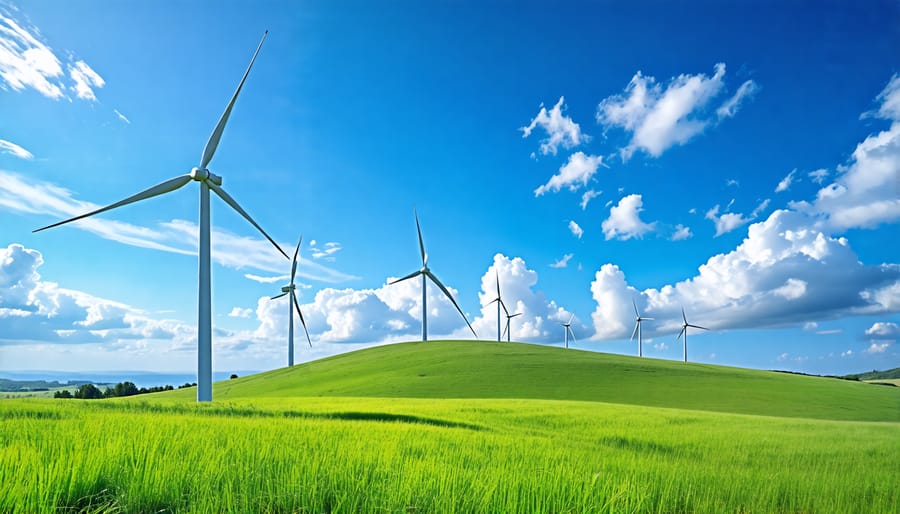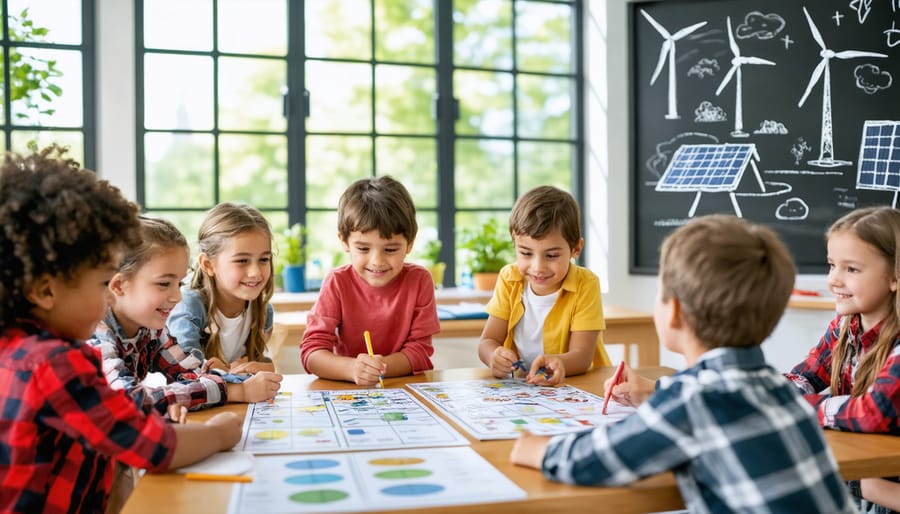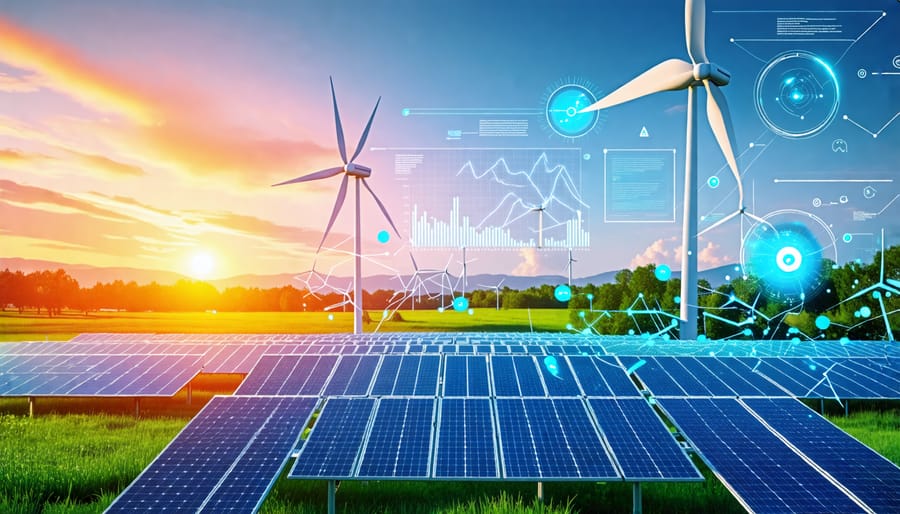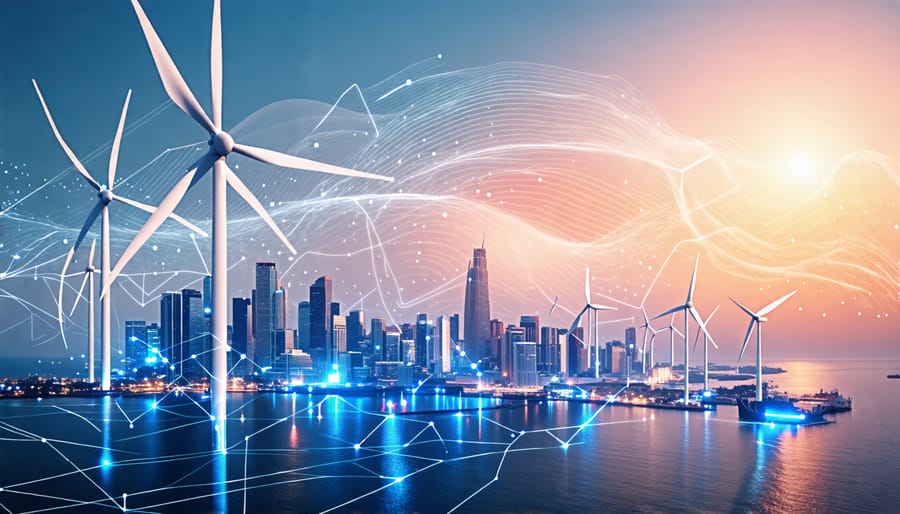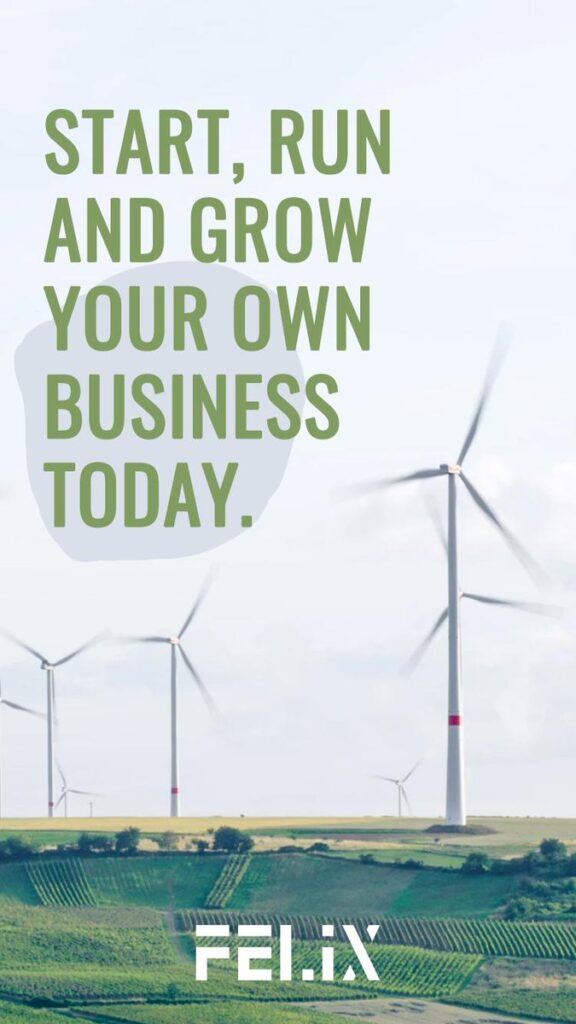Harness the power of the wind to energize our future. Wind energy, one of the fastest-growing renewable sources, offers immense potential to transform how we generate electricity. But what exactly is wind power and how does it work? What advantages does it offer compared to fossil fuels? And what does the future hold for this clean energy solution?
In this article, we’ll tackle the most pressing questions about wind energy, providing clear, informative answers backed by the latest research and real-world examples. We’ll explore the science behind wind turbines, examine the economic and environmental benefits, and address common concerns. Through expert insights and compelling case studies, you’ll gain a comprehensive understanding of the critical role wind power plays in building a sustainable future.
As the world seeks cleaner, more reliable energy to combat climate change, wind offers an abundant, emissions-free solution. Join us as we unpack the potential of this transformative technology and chart a course towards a brighter, more resilient tomorrow. The answers are blowing in the wind – let’s catch them together.
How Do Wind Turbines Generate Electricity?
Wind turbines harness the kinetic energy of moving air to convert wind into electrical energy through a series of interconnected components. At the heart of a wind turbine lies the rotor, which consists of three aerodynamically designed blades mounted on a hub. As wind flows over these blades, it creates lift, causing the rotor to spin. The spinning motion is then transferred via a main shaft to the generator housed within the turbine’s nacelle.
Inside the generator, the mechanical energy of the spinning shaft is converted into electrical energy through a process called electromagnetic induction. This occurs when the shaft’s rotation causes magnets to move past copper wire coils, inducing an electric current in the wires. The generator produces alternating current (AC) electricity, which is then sent through cables down the tower to a transformer located at the base of the turbine.
The transformer steps up the voltage of the electricity to reduce power loss during transmission over long distances. From there, the electricity is fed into the power grid, where it is distributed to homes, businesses, and industries. As more wind turbines are connected to the grid, they collectively contribute to meeting the energy demands of entire communities and regions, providing clean, renewable power for a sustainable future.
By tapping into the endless supply of wind, these elegant machines offer a promising solution to our growing energy needs while minimizing the environmental impact associated with traditional fossil fuel-based power generation. As technology advances and wind turbines become increasingly efficient, the potential for wind energy to play a significant role in the global shift towards renewable energy sources continues to grow.

What Are the Environmental Benefits of Wind Power?
Wind energy offers numerous environmental benefits that make it an attractive alternative to fossil fuels. By harnessing the power of the wind, we can significantly reduce greenhouse gas emissions, particularly carbon dioxide, which is a major contributor to climate change. Unlike coal or natural gas power plants, wind turbines do not release any emissions during operation, making wind power a clean and sustainable energy source.
In addition to mitigating climate change, wind energy also helps improve air quality by reducing other pollutants such as sulfur dioxide, nitrogen oxides, and particulate matter. These pollutants are known to cause respiratory issues, acid rain, and smog. By displacing fossil fuel-based electricity generation, wind power can lead to cleaner air and healthier communities.
Moreover, wind energy is a renewable resource that will never run out, unlike finite fossil fuels. As we continue to deplete our oil, coal, and natural gas reserves, it becomes increasingly important to shift towards renewable energy sources like wind power. By investing in wind energy infrastructure, we can ensure a more sustainable future for generations to come.
A real-life example of the environmental benefits of wind power can be seen in the state of Texas. According to the American Wind Energy Association, Texas leads the nation in wind energy production, with over 28,000 megawatts of installed capacity. This has not only created thousands of jobs but has also helped the state avoid emitting over 49 million metric tons of carbon dioxide annually, equivalent to taking 10.5 million cars off the road.
As more countries and communities embrace wind energy, we can expect to see significant reductions in greenhouse gas emissions and air pollution, leading to a cleaner, healthier planet.
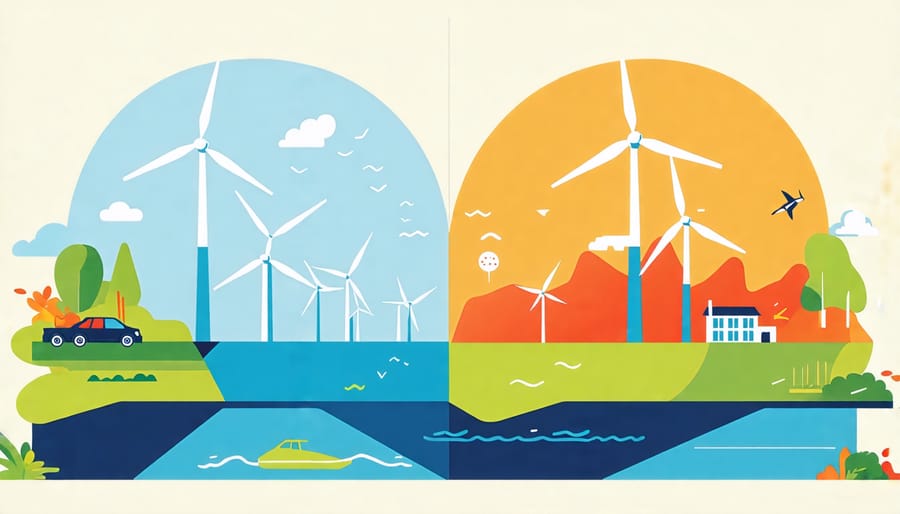
How Reliable Is Wind Energy?
Case Study: High Wind Energy Penetration
Denmark stands as a shining example of successful wind energy integration. In 2019, the country achieved a remarkable milestone, generating 47% of its electricity from wind power. This impressive feat showcases Denmark’s commitment to transitioning to a greener future. The key to Denmark’s success lies in its robust infrastructure, advanced forecasting techniques, and flexible energy market.
By strategically placing wind turbines across the country and in offshore wind farms, Denmark has harnessed the power of its abundant wind resources. The Danish grid operator employs sophisticated forecasting models to predict wind power output, enabling efficient grid management. Additionally, Denmark’s participation in the Nordic energy market allows for the exchange of excess wind energy with neighboring countries, ensuring a stable and reliable electricity supply.
Denmark’s success story demonstrates that high levels of wind energy penetration are achievable with the right policies, infrastructure, and cross-border collaboration. As other nations seek to increase their renewable energy share, Denmark serves as an inspiring model, proving that a wind-powered future is within reach.
What Are the Economic Impacts of Wind Energy?
Wind energy offers significant economic benefits, including job creation across various sectors. From manufacturing and installation to operations and maintenance, the wind industry supports a diverse workforce. As the demand for clean energy grows, so do the employment opportunities in this field.
In terms of cost competitiveness, wind power has become increasingly attractive compared to traditional fossil fuels. Technological advancements and economies of scale have driven down the cost of wind energy, making it one of the most affordable options for electricity generation. This cost-effectiveness is crucial for meeting the growing global energy demand while reducing reliance on finite and polluting resources.
For consumers, the expanding role of wind energy in the power mix can translate to potential savings on electricity bills. As more wind farms come online and the cost of generation decreases, these savings can be passed on to households and businesses. Additionally, the stability of wind energy prices, which are not subject to the volatility of fossil fuel markets, provides a measure of energy security and predictability for consumers.
The economic impacts of wind energy extend beyond direct employment and cost savings. The development of wind projects can stimulate local economies through increased tax revenues, lease payments to landowners, and the growth of supporting industries. These ripple effects contribute to the overall economic vitality of communities embracing wind power.
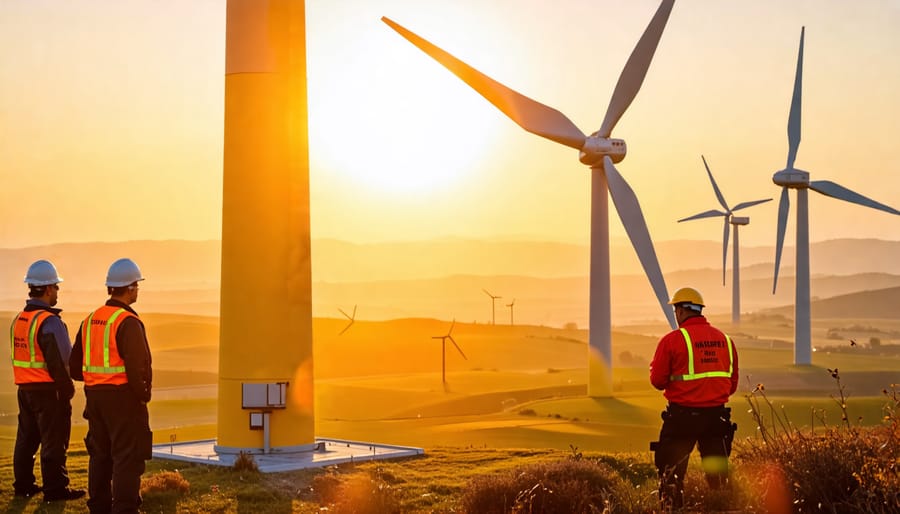
Conclusion
Wind energy has come a long way in recent years, with technological advancements making it more efficient and cost-effective than ever before. As the world grapples with the urgent need to combat climate change, wind power offers a clean, renewable solution that can help us transition away from fossil fuels. The bright future of wind energy lies in its potential to provide a significant portion of our electricity needs while reducing greenhouse gas emissions and creating green jobs. By supporting wind energy initiatives through investment, policy, and individual actions, we can all play a part in building a more sustainable future for generations to come. The time to act is now – let’s harness the power of the wind and create a cleaner, greener world together.

